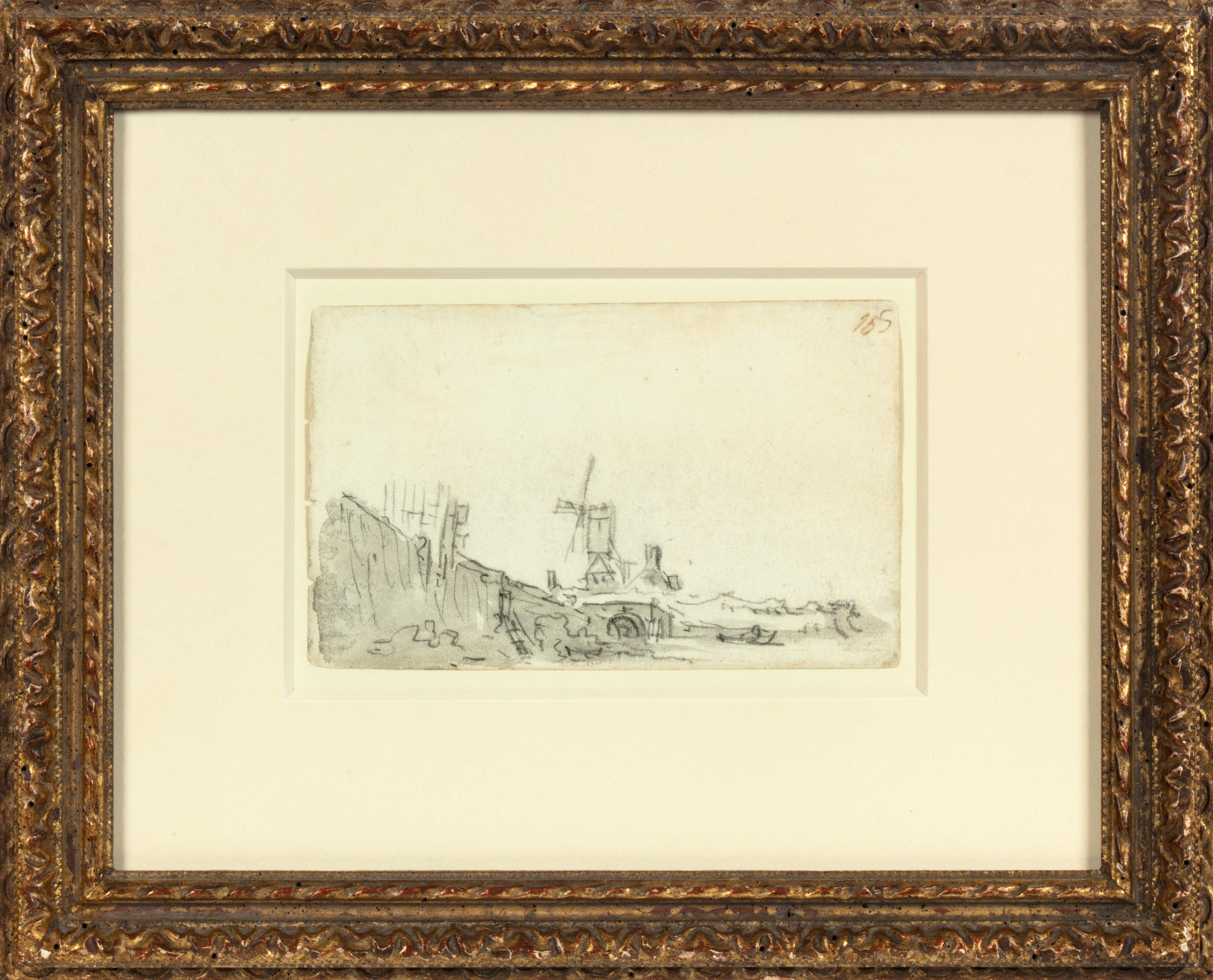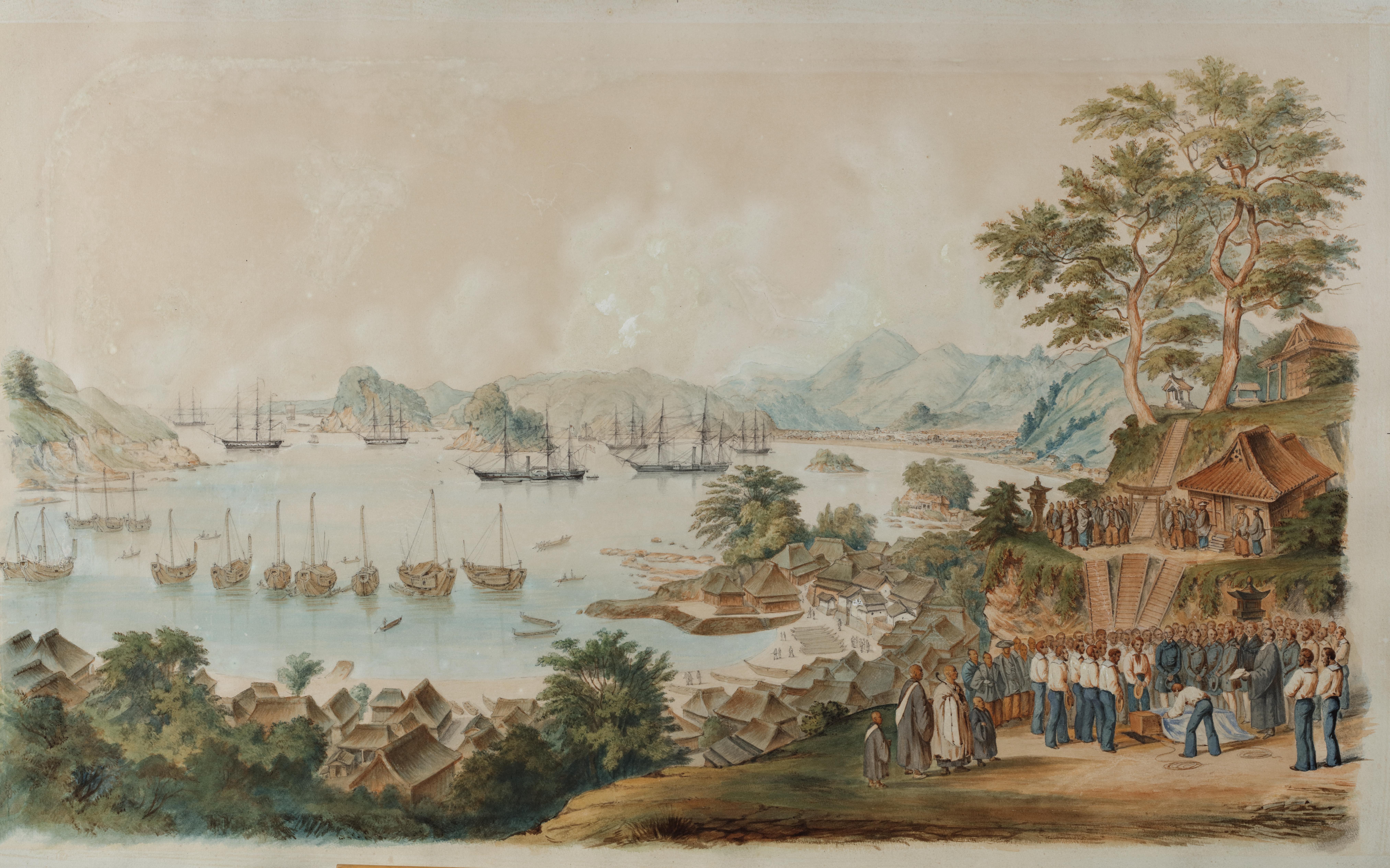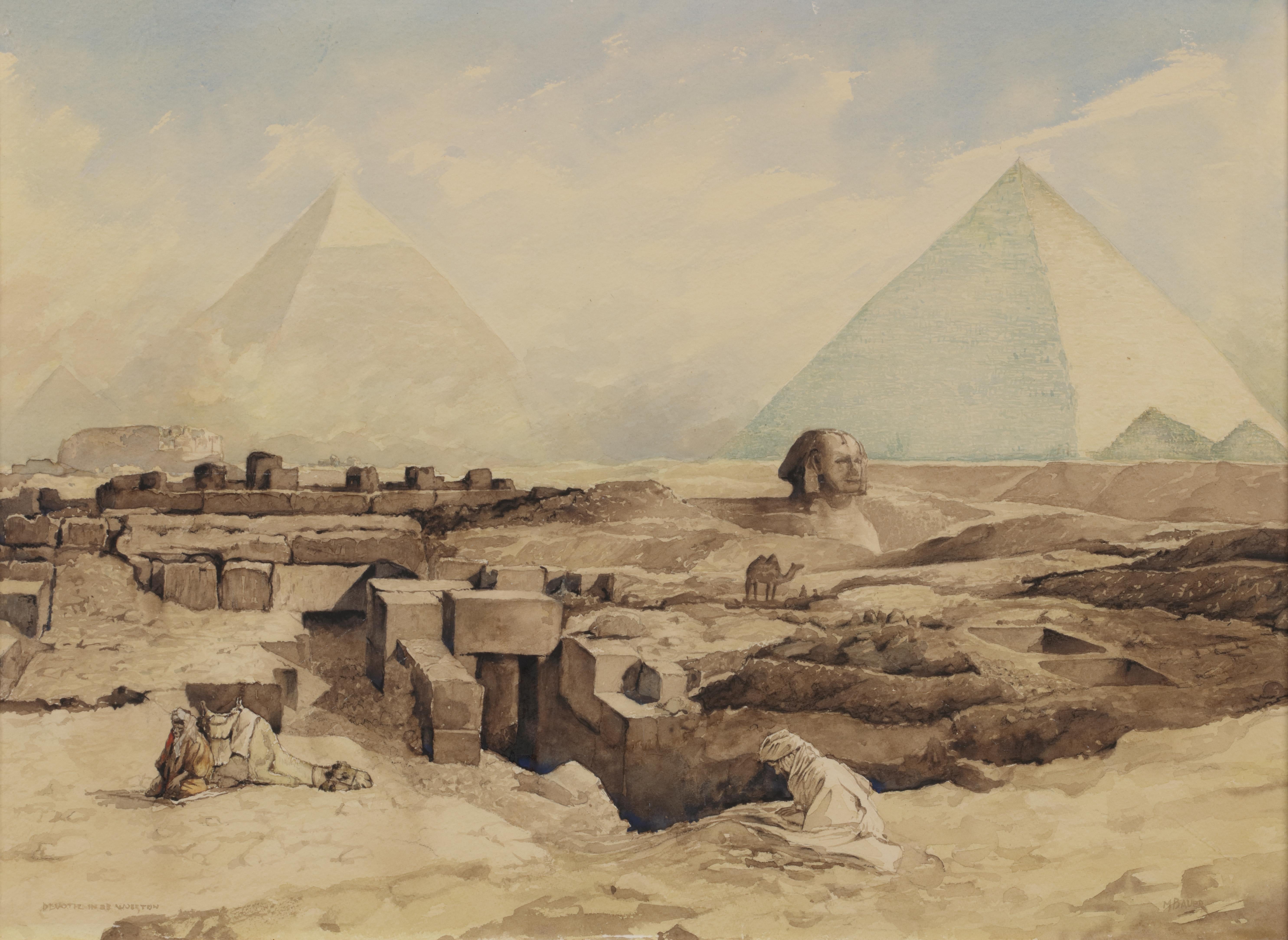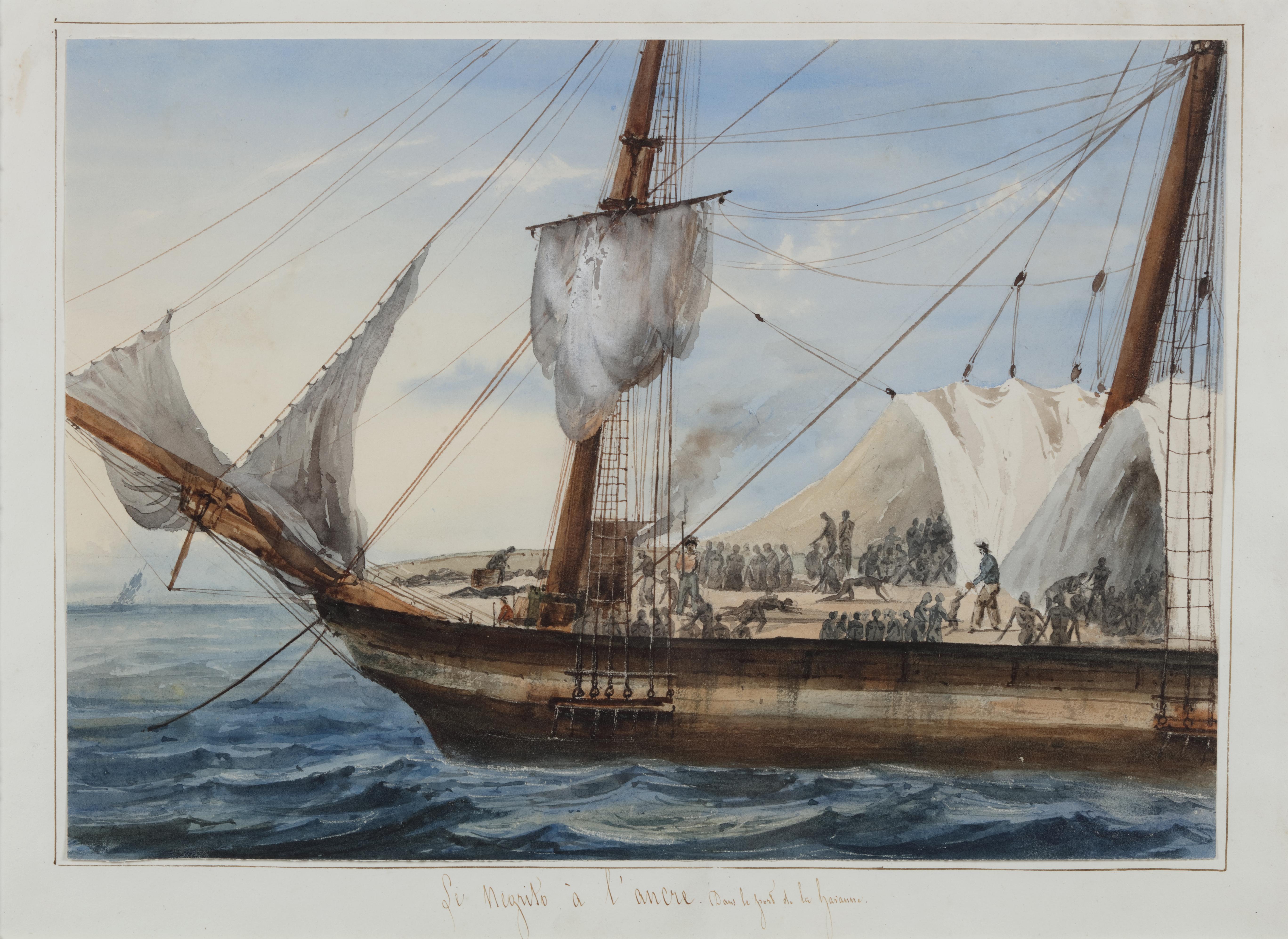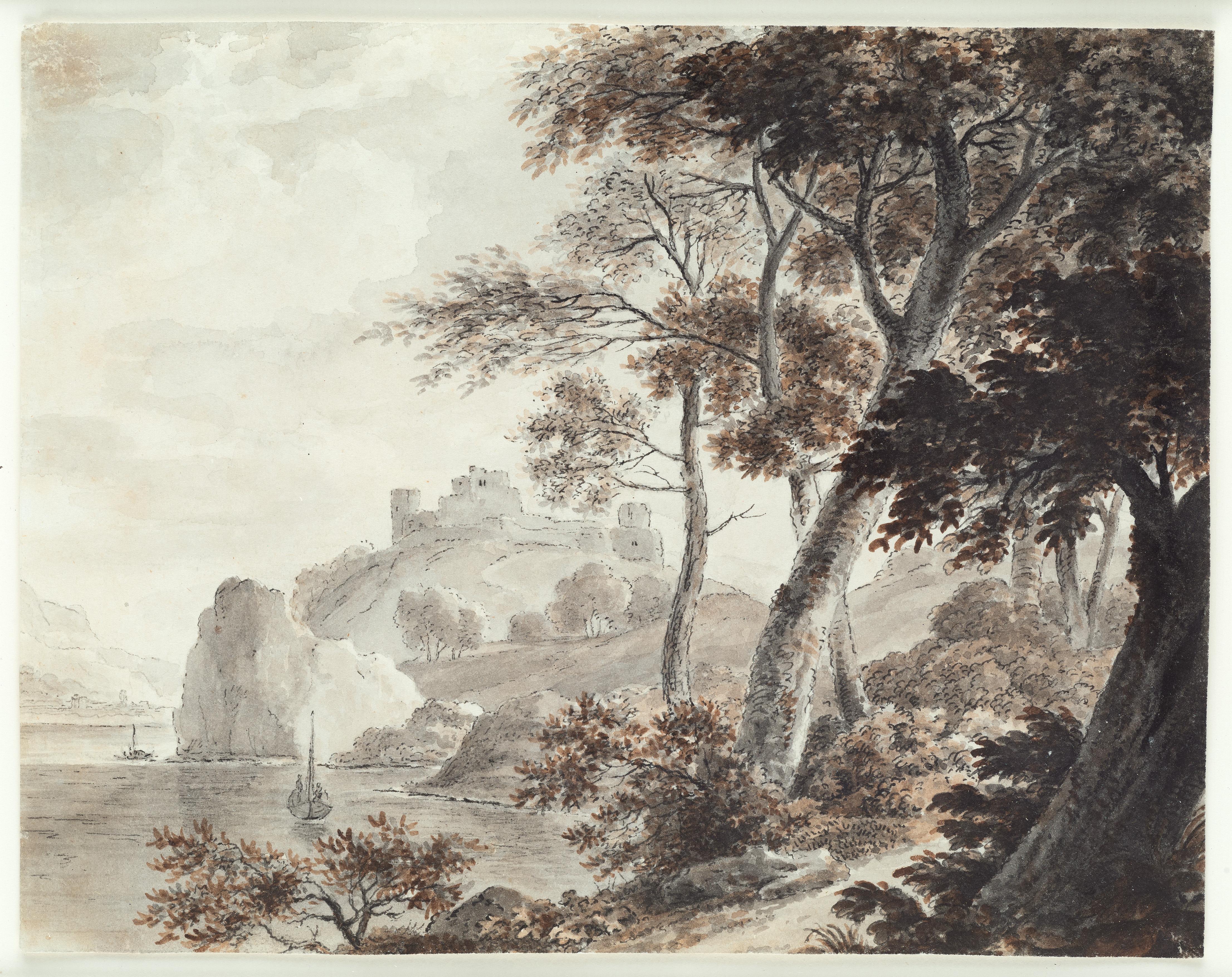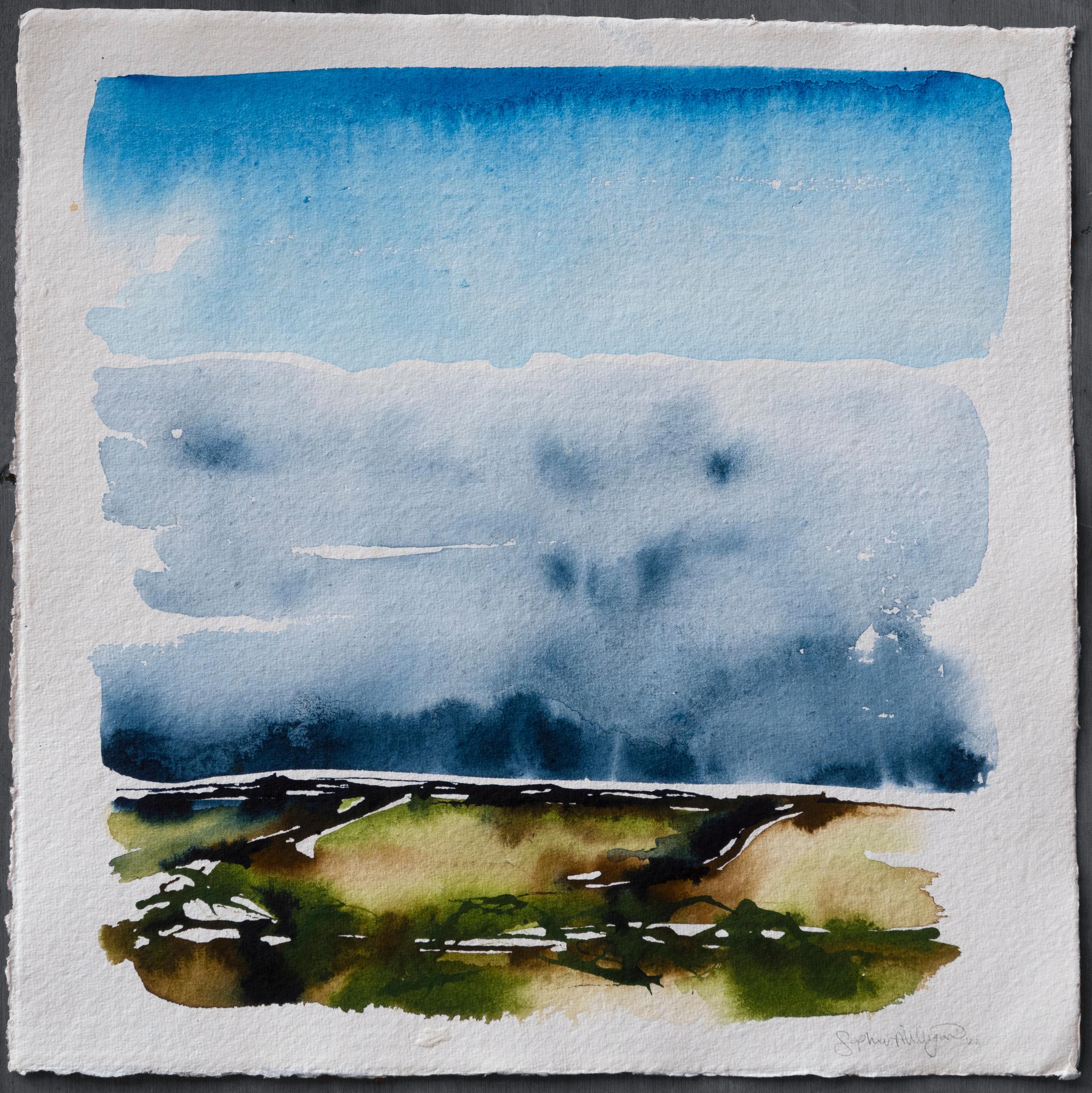Items Similar to 'Rain', Los Gatos Woman Artist, China, Germany, Santa Cruz, California
Want more images or videos?
Request additional images or videos from the seller
1 of 10
Gisela Embree'Rain', Los Gatos Woman Artist, China, Germany, Santa Cruz, California
About the Item
Inscribed verso, 'Gisela Embree' and Titled 'Rain'.
Born in Germany in 1927, Gisela Embree immigrated to the United States in 1948. She began to study Chinese brush painting in 1975, and it became her artistic focus for the rest of her life. Embree studied art both in the United States and in China, and was a member of Gallery Saratoga and El Gatito Gallery, in Los Gatos, CA. She was also a frequent exhibitor in both Santa Clara and Santa Cruz counties. Her paintings are included in collections in the United States and Europe.
Embree gave numerous demonstrations and lectures in the San Francisco and Monterey Bay areas and was a popular instructor in the art of Chinese brush painting at Cabrillo College in Aptos, CA. We are pleased to offer this extraordinarily delicate and lyrical winter landscape which exemplifies the talent of this bicultural artist.
- Creator:Gisela Embree (1927 - 2009, American)
- Dimensions:Height: 15 in (38.1 cm)Width: 22.38 in (56.85 cm)
- Medium:
- Period:
- Condition:unframed.
- Gallery Location:Santa Cruz, CA
- Reference Number:1stDibs: LU3442238823
About the Seller
5.0
Platinum Seller
These expertly vetted sellers are 1stDibs' most experienced sellers and are rated highest by our customers.
Established in 1982
1stDibs seller since 2013
629 sales on 1stDibs
Typical response time: 1 hour
- ShippingRetrieving quote...Ships From: Santa Cruz, CA
- Return PolicyA return for this item may be initiated within 3 days of delivery.
More From This SellerView All
- 'A Snow Covered Barn', Society of Watercolor Artists, Rural Winter, CaliforniaBy Gladys Louise Bowman FiesLocated in Santa Cruz, CAAn elegant winter landscape watercolor showing a view of an old wooden barn and outbuildings beside a frozen pond. Signed lower right 'Fies S.W.A.' for Gladys Louise Bowman Fies (American, 1909-2005) and painted circa 1965. This notable California painter was born in Texas and studied with Millard Sheets, Rex Brandt, and George Post...Category
1960s Impressionist Landscape Drawings and Watercolors
MaterialsPaper, Watercolor
- 'Rain in Provence', French Post-Impressionist artist, MAM ParisBy Henri OttmannLocated in Santa Cruz, CASigned lower right 'Henry Ottmann' (French, 1877-1927) and dated 1922. A softly painted view of a small village in Provence with rain clouds hanging above the hills and terracotta r...Category
1920s Post-Impressionist Landscape Drawings and Watercolors
MaterialsPaper, Watercolor, Gouache
- 'Moss Beach, Monterey, California', Pacific Coastal Landscape, ASL NYC, BenezitBy Elmer WachtelLocated in Santa Cruz, CAAn early-20th-century, landscape showing a view of the coastline at Moss Beach in Monterey County with slate-blue skies overhead and a view towards a stand ...Category
Early 1900s American Impressionist Landscape Drawings and Watercolors
MaterialsGouache, Watercolor, Paper
- 'Water's Edge', California Woman Artist, CWS, SWABy Marjorie StevensLocated in Santa Cruz, CAWatercolor landscape showing a view of a lake with grasses and trees growing at its edge and reflected in the water, with cloudy skies overhead. Signed lower left, "Marge Stevens" a...Category
1960s Modern Landscape Drawings and Watercolors
MaterialsPaper, Watercolor, Graphite
- 'Menton, France', École des Beaux-Arts, student of Gustave Boulanger and GeromeBy Auguste François GorguetLocated in Santa Cruz, CASigned lower left, 'A.F. Gorguet' for Auguste François Gorguet (French, 1862-1927), titled 'Menton' and dated with roman numerals 'XI' for 1911; bearing old 'P. Navez' exhibition lab...Category
1910s Impressionist Landscape Drawings and Watercolors
MaterialsBoard, Gouache, Watercolor, Paper
- 'Sailboats Drawn up in a Tropical Inlet', FloridaBy Kaspar-Andreas ZimmermannLocated in Santa Cruz, CAWatercolor landscape showing a view of a tranquil Florida cove with sailboats at rest in the sand, and a man and young boy wearing vermilion shirts approaching the shoreline in the s...Category
1960s Modern Landscape Drawings and Watercolors
MaterialsPaper, Watercolor
You May Also Like
- A Windmill above an Arched Bridge, at left a Quay WallBy Jan Josefsz Van GoyenLocated in New York, NYInscribed “159” in the upper right Provenance: (Possibly) The Van Goyen sketchbook which in 1845 belonged to Andrew Geddes, A.R.A. (1783-1844), London; his sale, Christie's, London,...Category
1650s Old Masters Landscape Drawings and Watercolors
MaterialsPaper, Chalk, India Ink, Watercolor
- 1854 Funeral of R. Williams at Gyokusen-ji Temple, Shimoda, with Commodore PerryLocated in Amsterdam, NLWilhelm Heine (Dresden 30 January 1827-Löbnitz 5 October 1885) ‘Funeral of Robert Williams in the cemetery of the Temple Gyokusen-ji at Shimoda in April 1854’ With a sticker on the reverse of the frame by Coupil & Co. 1855 Watercolour on paper, H. 57 x W. 92 cm Depicted is the Bay of Shimoda with seven American ships including the two paddle-wheel warships USS Mississippi and Susquehanna. On the Gyokus- en-ji temple grounds on the right is the coffin in the middle with the remains of US marine Robert Williams, ready to be lowered into the grave. Looking on from the left are the Buddhist monks and Japanese officials who joined the first Christian funeral on Japanese soil. Around the grave are US marines, Commodore Perry...Category
Mid-19th Century Figurative Drawings and Watercolors
MaterialsPaper, Ink, Watercolor, Gouache
- Devotion in the Dessert near the pyramids of Gizeh, circa 1919By Marius BauerLocated in Amsterdam, NLMarius Bauer (1867-1932) ‘Devotie in de Woestijn’ (Devotion in the Dessert near the pyramids of Gizeh, circa 1919) Signed lower right and titled lower left Watercolour on paper, H...Category
Early 20th Century Impressionist Landscape Drawings and Watercolors
MaterialsPaper, Ink, Watercolor, Pencil
- Portrait of a Slave Ship: 'Le Negrito à l’ancre. Dans le port de la havanne'Located in Amsterdam, NLFRANÇOIS MATHURIN ADALBERT, BARON DE COURCY (1805-1839) 'Le Negrito à l’ancre. Dans le port de la havanne' Indistinctly signed lower left Titled on the mount Pencil and watercolour, heightened with white, on paper, 24.8 x 34.6 cm Literature: The present watercolour will be illustrated in: - Prof. Manuel Garcia’s projected book on the disease and the slave trade provisionally titled “Fighting the Yellow Demon of Fever: The Struggle against Disease in the Illegal Slave Trade”. - Prof. Micael Zeuske’s forthcoming Global history of slave trade. Exhibited: Mexico City, 1998, Palacio Virreinal, El Barón de Courcy, illustrationes de un viaje, 1831-1833, no. 108 Note: Baron de Courcy was in the Caribbean in late 1832 and early 1833, following his tour of Mexico in 1832, on the last leg of his “Grand Voyage...Category
Mid-19th Century Old Masters Figurative Drawings and Watercolors
MaterialsGouache, Pencil, Paper, Watercolor
- Southern Landscape, Ships, Old Master Drawing, 19th Century, by Von StengelLocated in Greven, DESouthern Landscape with View of a Castle and Ships passing by Pen and brush in brown and black over pencil, brown and grey wash, 17,5 x 22,7cm Plain black moulding with golden pearl ...Category
19th Century Romantic Landscape Drawings and Watercolors
MaterialsPaper, Gouache
- 'Fall Fog Approaching'. Contemporary Landscape Clouds Moody sky Blue Green BrownBy Sophia MilliganLocated in Penzance, GB'Fall Fog, Approaching'. Contemporary landscape painting, Cornwall Original Artwork, Unframed _________________ Heavy skies moving in over the autumnal landscape of West Cornwall: a ...Category
2010s Contemporary Landscape Drawings and Watercolors
MaterialsInk, Watercolor, Archival Paper
Recently Viewed
View AllMore Ways To Browse
California Art And Artists
Woman Artists
Brush Painting
German Landscape Artist
Woman Art California
Vintage Artists Brushes
Vintage Artist Brushes
Germany China
California Woman Artists Landscape
California Artists 1960
Chinese Art In German
Bay Area California Artist
Chinese Woman
German Santa
Santa Cruz Used
Santa Cruz California
Santa Cruz Painting
Santa Clara
